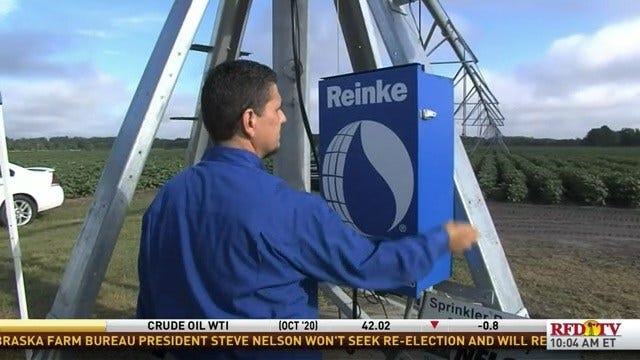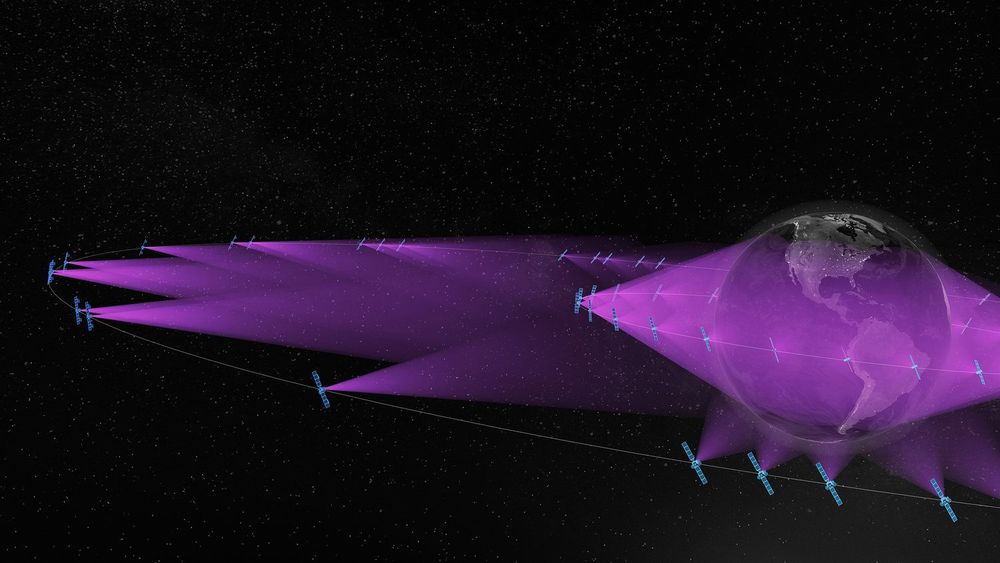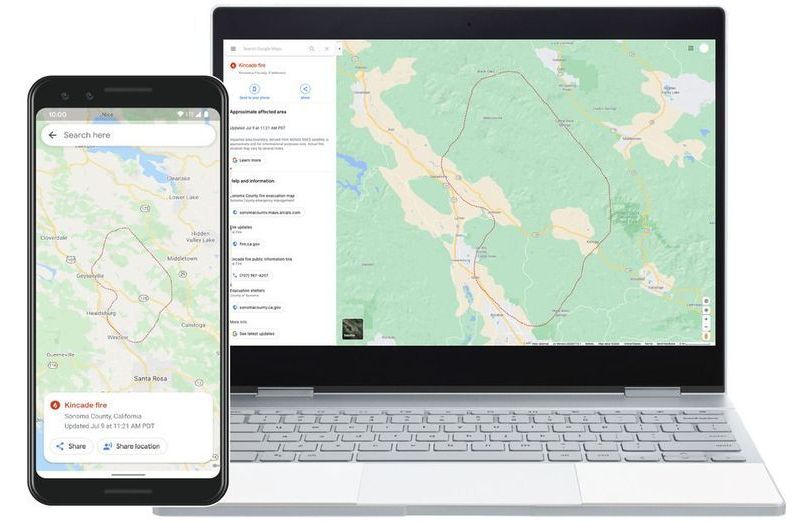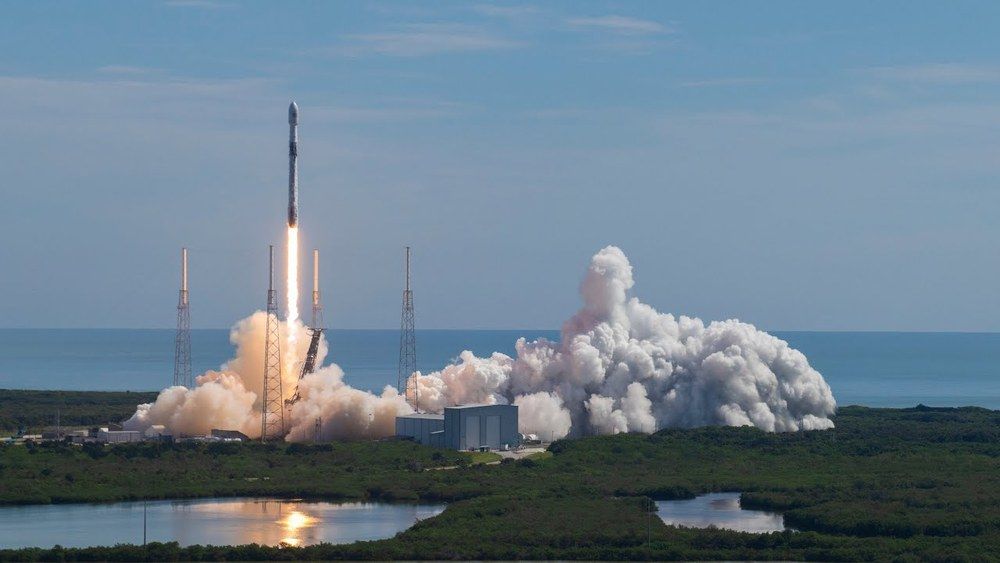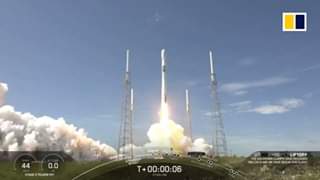Aug 26, 2020
SpaceX: Elon Musk explains why we’ll go to Mars from ocean spaceports
Posted by Malak Trabelsi Loeb in categories: Elon Musk, energy, satellites
During a Twitter conversation about the future of space travel, the SpaceX CEO confirmed that the Starship vehicle and the Super Heavy booster used to lift it away from Earth will “will mostly launch from ocean spaceports long-term.” Musk later clarified that “occasional flights from land are ok, but frequent (daily) flights probably need ~30km / 18 miles clear area for noise.”
The comments illuminate SpaceX’s thinking around the Starship, which is designed to transport up to 150 tons, or 100 people, into space at a time. The reusable ship measures some 400 feet when paired with its booster. It is expected to take on missions currently completed by the existing Falcon 9 satellite launches, and to enable more ambitious missions, like crewed trips to the Moon and Mars. Its use of liquid oxygen and methane fuel means a crew could feasibly visit Mars, harvest resources from the planet to refuel, and either return home or perhaps venture even furthe.
SpaceX is planning to put its Starship launch pads somewhere in the ocean, far away from city centers.



